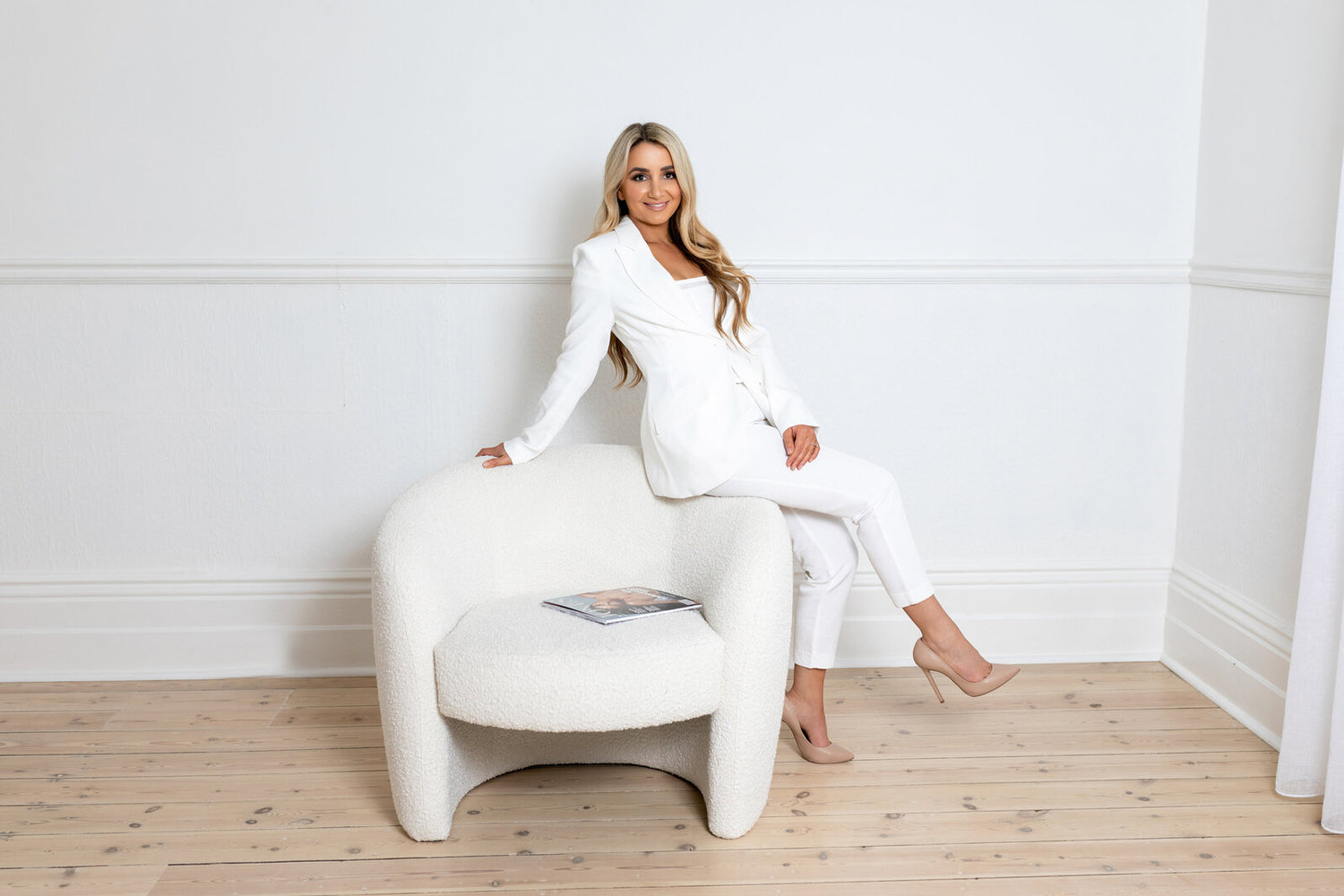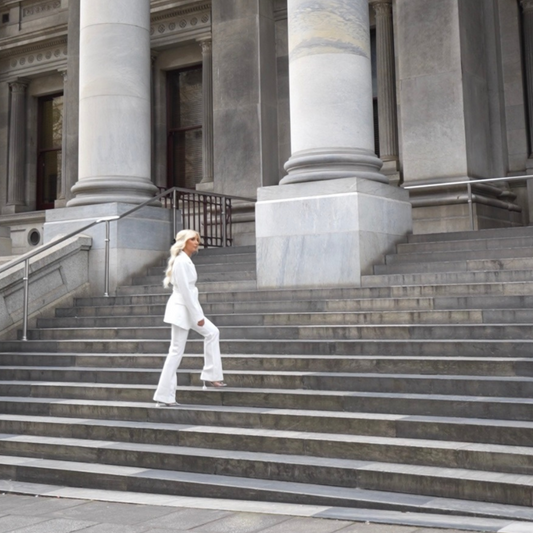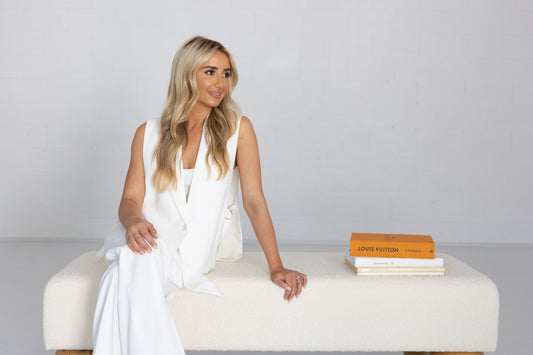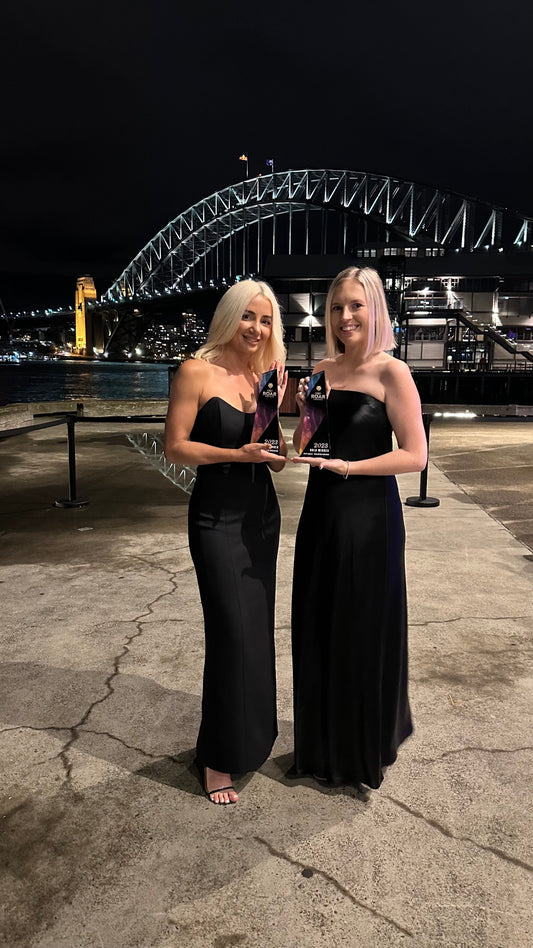So you want to start your own beauty brand?
If so, you’re in the right place! I’ve spent the last decade leveling up my skills and experience as a digital marketing consultant (specialising in eCommerce) with the ultimate goal of helping women build and scale the beauty businesses of their dreams.
Whether your beauty brand is a new pursuit or you’ve been dreaming about creating a beauty brand since you tried your first lipgloss, consider this blog post your official guide to getting started!
Getting Started
There are a lot of initial “to-dos” when it comes to starting your beauty brand, but the process doesn’t have to be overwhelming if you take it step-by-step. What you’re going to do is break the process of creating and launching your beauty brand into three phases: planning, developing, and marketing.
Planning
Creating any type of business should always start with a plan. Your business plan doesn’t need to be overly complicated, but it should touch on the following essential points:
Your Niche Product
Let’s get one thing straight: there are a lot of beauty brands out there, which is why it’s so crucial to develop an original product with a compelling background or unique focus so that your brand can stand out. This will obviously look different for all beauty entrepreneurs depending on your passions and areas of interest. The most important thing to keep in mind is demand. Is what you are creating in-demand and sought after? Is there a competitor out there who is already smashing it with a similar idea? To figure out if you have a goldmine idea on your hands, spend a solid amount of time conducting market research.
You’re also going to want to spend time planning what you want your product to look like (both the product itself and the packaging), the known benefits, potential ingredients, price range, geographical market, etc. Once you have a rough idea of these factors, you can determine what is technically feasible from a production and cost standpoint.
Formula Creation & Testing
Once you know what your signature product is going to be (and the gap in the market it is going to fill), it’s time to actually start bringing it to life. This is when you’ll begin working with a chemist and/or laboratory to create formulas and test them. Typically, your product will undergo tests relating to physical stability, chemical stability, and microbiology stability to ensure that it will not harm manufacturers, retailers, or consumers in any way (and to assess important information like product shelf life). These prototypes can also help you see what the product will look like and how it will work when it is completely finished — so if you need to make adjustments to the packaging or formula, you can.
Mass Production
If your product is deemed good to go by both yourself and the chemists involved, the first commercial batch to be sold to consumers will be created. A word of advice? It’s best to work with suppliers who are willing to make smaller batches of your product in the beginning, so that you can see how the product does in the market before upgrading to larger quantity shipments. (Try Formulator Sample Shop if you are looking for a supplier who operates this way!)
Branding
For beauty-based business owners, branding is everything. If you have an eye for aesthetics, you can work to create your own branding materials — or you can outsource it to a freelance graphic designer for a fee. These are likely the logos, colors, fonts, and graphics that will be associated with your brand and product packaging, so be sure that what you choose feels aligned with your brand and target market.
Creating a Website
Your website is where your customers can go to learn more about your brand, your product(s), and how to purchase them. If you are starting a commerce-based beauty brand, it is absolutely essential that you have a website. It doesn’t need to be fancy or custom-coded at first, but it should be easy to use and navigate. I recommend Shopify for eCommerce business owners who want an intuitive platform with tons of customisation options and third-party integrations — you can check out some of my favorite Shopify apps here!
Social Media
Social media is THE place to be for your beauty brand. Instagram, YouTube, TikTok — any visual platform you can use to get visible and promote your product is going to be useful. My best tips for how to grow your social media accounts and build a presence online? Stay true to your authentic voice, be consistent with your posting (don’t fall off the planet for days, weeks, or months at a time!), and invest in high-quality images to fill your grid. Content surrounding your products, the ‘behind-the-scenes’ of your business, and who you are as a founder (your story) does particularly well.
Influencer Marketing
Influencer marketing is one of the most effective marketing strategies modern beauty business owners can utilise to sell products and become more prominent players in the industry. The reason why it works so well is because an influencer’s audience is already primed for and interested in the products they display, making it easier for influencers to simultaneously form an authentic connection with their followers and deepen the consumers’ interest in the product or brand.
For more information about what exactly influencer marketing is and how you can get started finding the right influencers to boost your presence and sales, check out our recent blog post covering the topic!
If starting your own beauty brand is on your radar in 2022, I’m here to help. Get support surrounding a specific area of business by booking a 1:1 strategy call, or join the waitlist for 1:1 business coaching or consulting if you’re in the market for high-touch, long-term mentorship. I’d love to hear from you and help you scale your beauty brand to 7+ figures, your way.





